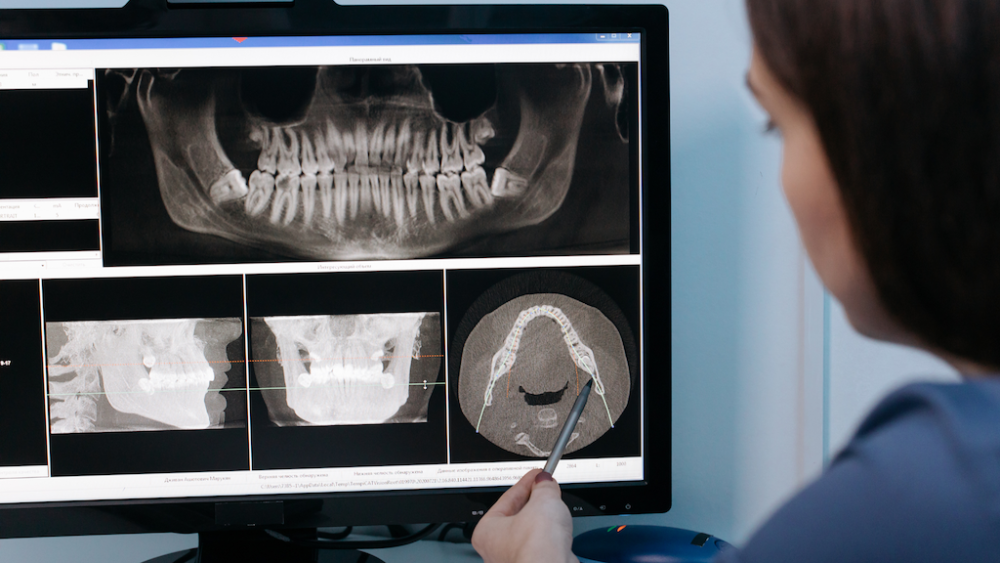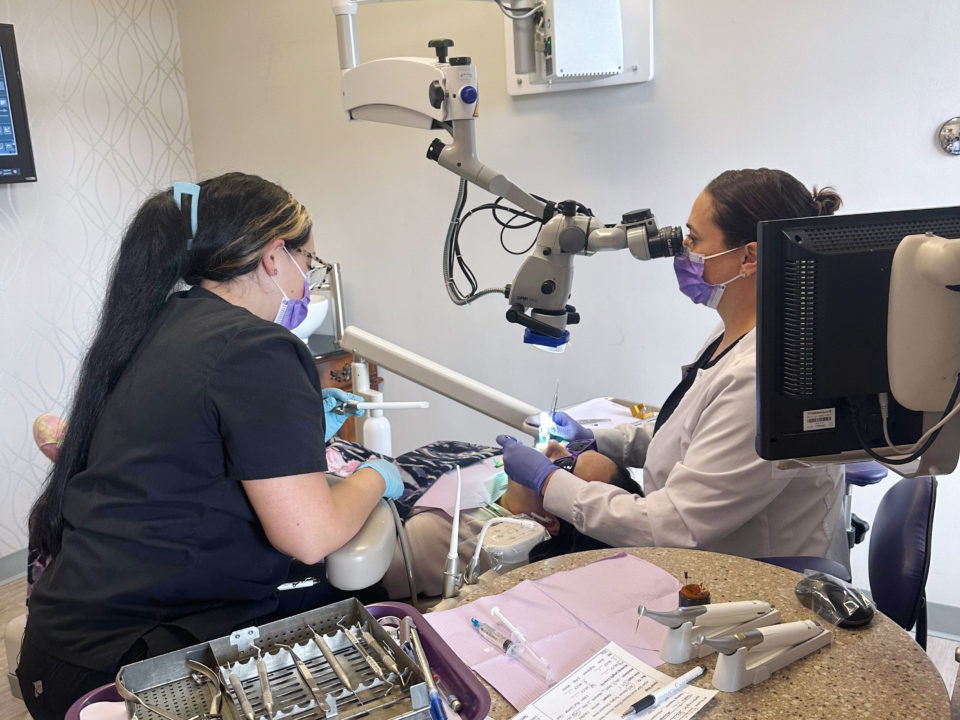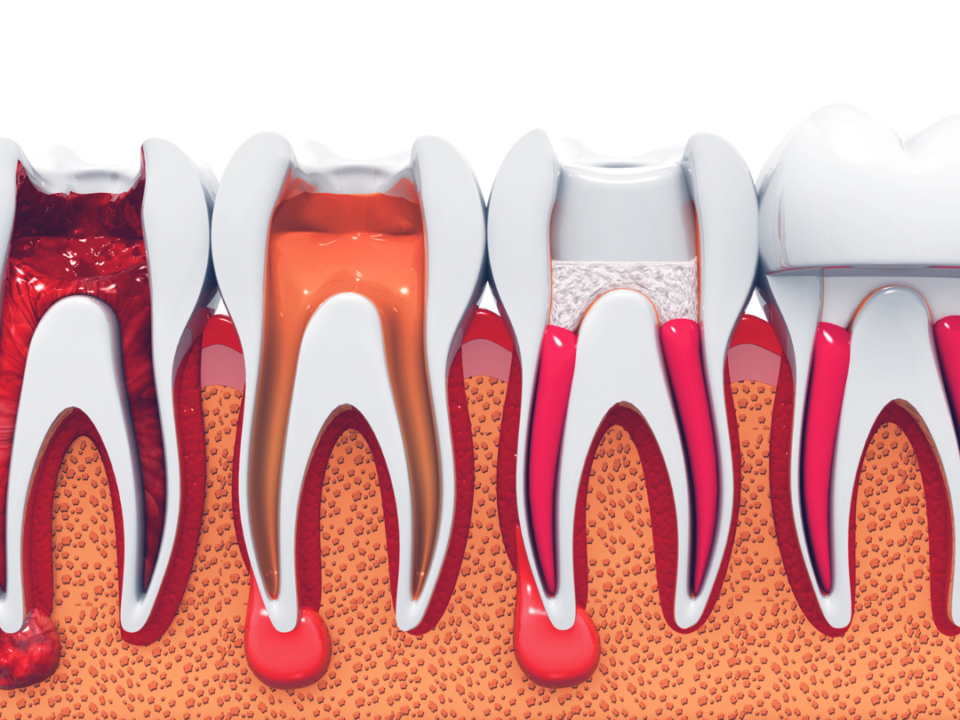
Why Do You Need Endodontic Imaging Prior To Treatment?
December 6, 2022
What Are The Symptoms Of A Failed Root Canal?
January 10, 2023
Why Do You Need Endodontic Imaging Prior To Treatment?
December 6, 2022
What Are The Symptoms Of A Failed Root Canal?
January 10, 2023Most people don’t look forward to going to a dental professional. Far too many people skip regular appointments until they experience pain in a tooth. If you have dental pain, it is recommended to visit a dental professional for evaluation.
At Innovative Endodontics, we have patients regularly asking us, “what are alternatives to a root canal”? Consequently, we’ve created this guide to explain the options.
What Is a Root Canal?
A root canal is an endodontic procedure that maintains the natural tooth. Root canals inside the roots are disinfected and sealed. Every day, endodontists across the country perform 41,000 of these procedures. That adds up to more than 14 million root canals done every year. With so much practice, modern techniques, and tools, root canals have a success rate of > 93%.
During a root canal, the endodontist makes a small opening into the tooth and locates the root canals to then disinfect the inside of the tooth. By removing inflamed and infected matter from inside the tooth, the endodontist stops the source of tooth pain.
After cleaning the tooth’s interior, the endodontist seals and fills the tooth to prevent more bacteria from invading later. Depending on which tooth you had the root canal, you may need a crown from your dentist after the root canal.
Thanks to modern anesthesia, root canal procedures are painless. After the anesthesia wears off, most people only have minor soreness.
Why You Might Need a Root Canal
A root canal is a non-surgical solution to treating and maintaining a natural tooth that may have a deep cavity, or crack, or the tooth becomes infected. For instance, a cracked tooth may require root canal therapy to clean out bacteria from inside the tooth. Deep dental decay that a filling cannot fix may be another reason for needing root canal treatment.
To determine if you need this type of treatment, the endodontist will do imaging of the affected tooth to see the extent of the damage to the interior of the tooth. These images will also help guide the endodontist during the procedure.
Why You Might Want Alternatives to a Root Canal
Not everyone wants to undergo root canal therapy. Some people fear this procedure due to the many myths surrounding it. First, understand that root canal therapy is safe, effective, and painless. It also can save your natural tooth from needing extraction.
However, there are alternatives to a root canal, which you may discuss with your endodontist. Timing is important when your endodontist evaluates you for a root canal or alternative procedure. The amount of infection or inflammation in the pulp will have a direct connection to the types of procedures that will help you the most.
Alternatives to a Root Canal
Root canal alternative includes extraction or removal of the tooth. This procedure does not maintain your natural tooth but does remove the source of discomfort or infection.
Pulpotomy
A pulpotomy removes the pulp from the upper portion of the tooth. Next, a healing material goes into the tooth to prevent bacterial growth. To keep the tooth protected, the dental professional adds a filling on top. You might need a crown if you had a molar treated to protect the tooth from future damage.
Most often, this type of treatment works best on baby teeth or as a pain-stopping method until an adult can receive an entire root canal. If the pulp is infected or inflamed, a pulpotomy will not correct the problem, and the tooth should have either a root canal or extraction.
Direct Pulp Capping
Direct pulp capping is a solution best suited for younger patients or those who have minimum amounts of exposure to their tooth pulp. This type of procedure may prevent the need for root canal therapy in the future. During this procedure, a bioceramic material is placed over the exposed pulp to provide a seal. It also encourages tissue healing. Atop this mineral treatment, the dental professional adds a filling to close the tooth.
Generally, direct pulp capping must happen soon after the pulp exposure. It does not work well if the pulp has any infection or inflammation.
Tooth Extraction
Dental extractions are the best alternative to root canal treatment in adults with inflammation or infection in the pulp. In some cases, delaying root canal therapy too long may lead to the extraction of the tooth.
An extraction requires several days of healing, and additional precautions to follow are recommended.
Additionally, extraction does not maintain your natural tooth, which will leave a space where the tooth originally was. Treatment options for replacing the space include a bridge or an implant. Implant treatment can prolong the length of time until the space is restored with a tooth.
Innovative Endodontics – Changing The Reputation of The Root Canal
At Innovative Endodontics, our mission is to change the reputation of root canals. If fear is the only thing holding you back from getting a necessary root canal, you don’t need to let it! Our endodontists will carefully assess your particular situation and find the best solution that can preserve your natural teeth. Contact us to schedule a visit with one of our endodontists to find a solution for you.




